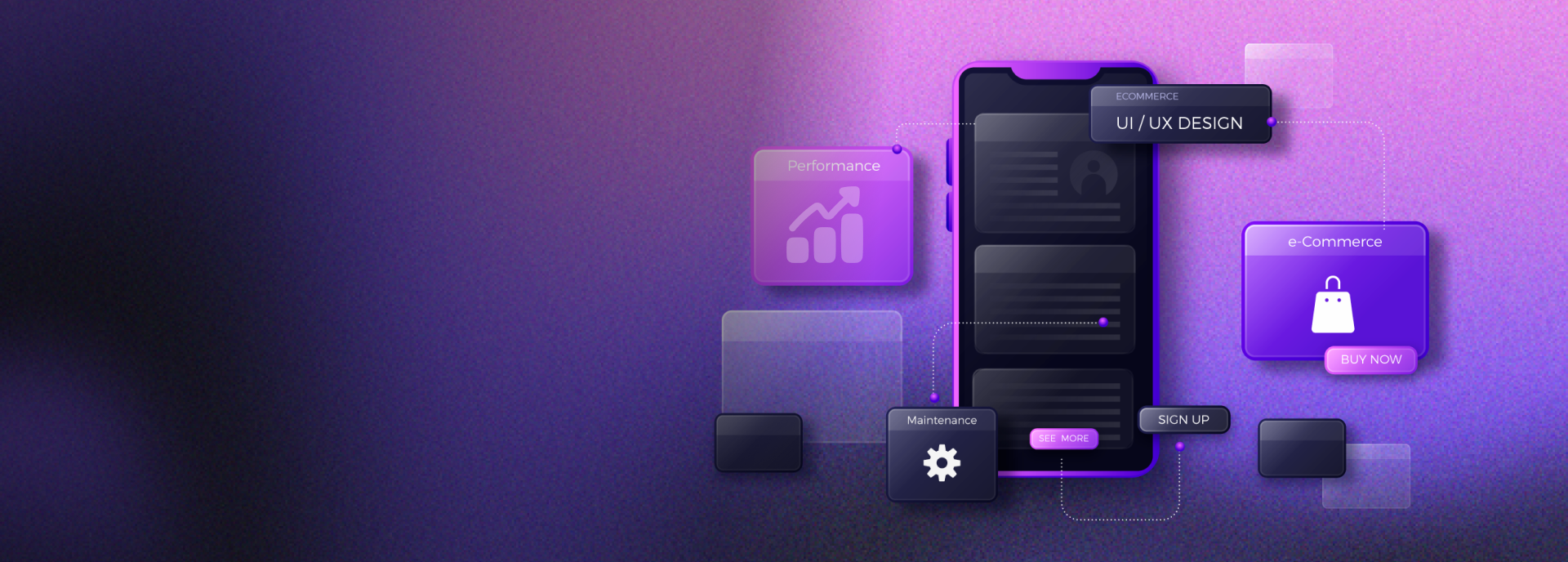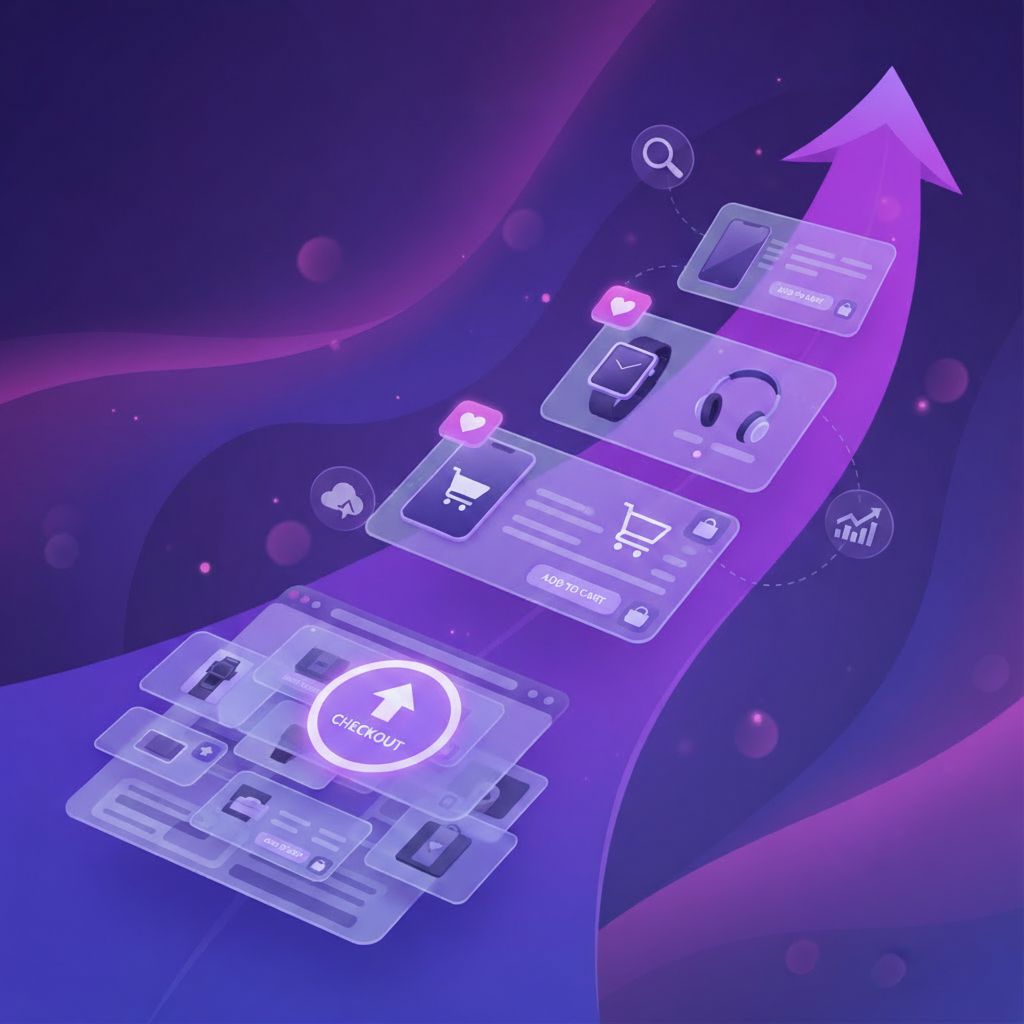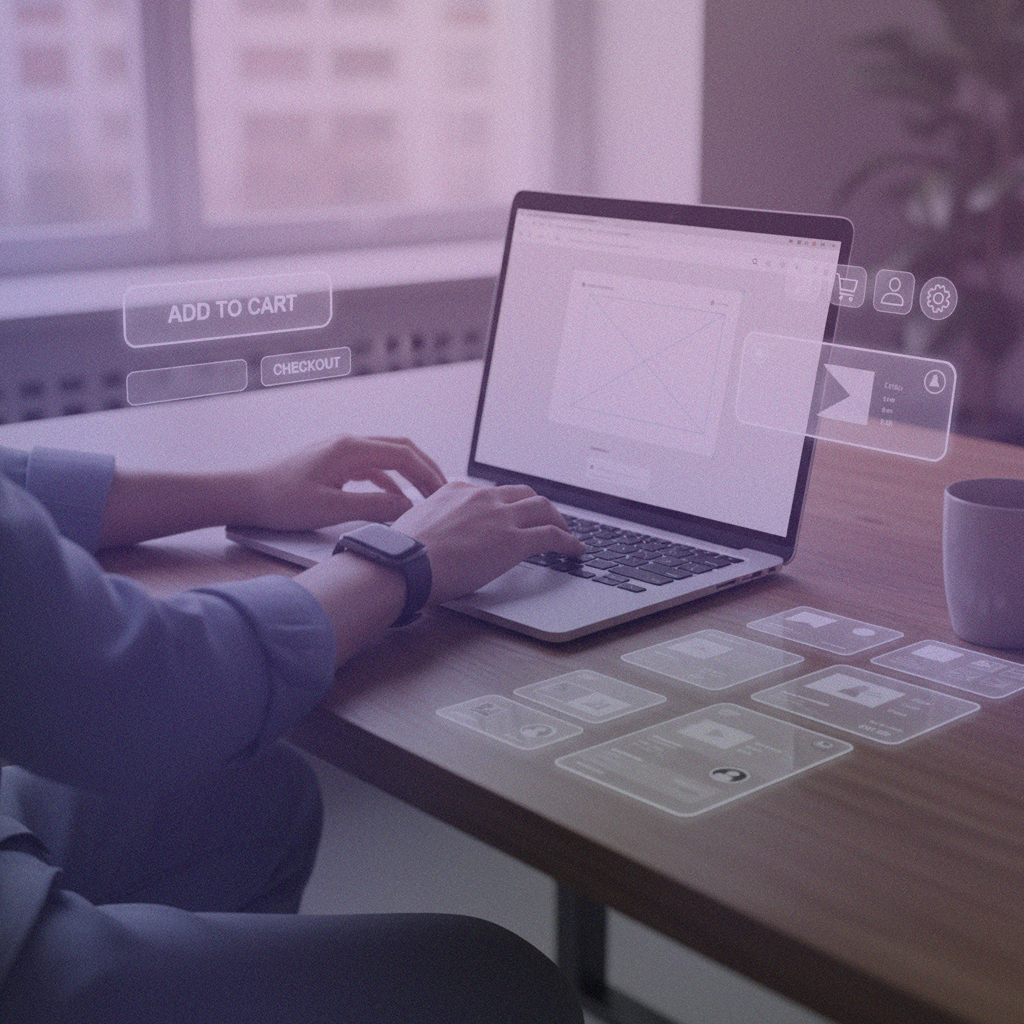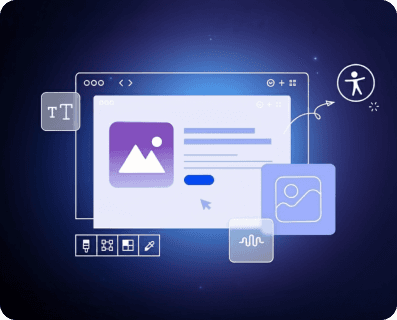
In digital ecommerce, success is often distilled into key metrics: traffic, sales, and revenue. But behind these numbers lies a powerful, often underestimated, force that dictates whether a visitor stays, explores, and buys, or abandons their cart. This force is user experience (UX) and user interface (UI) design.
While marketing campaigns bring customers to your store, it is the design of the experience that determines what happens next.

Design as a Strategic Growth Lever
Many businesses still view design as a final, aesthetic layer. This is a costly misconception. In modern ecommerce, design is a core strategic growth lever.
Based on our experience launching and optimizing complex commerce platforms, we have seen firsthand how an intuitive online experience directly impacts business performance:
Higher Conversion Rates: Removing friction and confusion during navigation and checkout directly translates browsing into sales.
Increased Average Order Value (AOV): Strategic design showcases complementary products and upsells within a clear, contextual flow.
Greater Customer Lifetime Value (CLTV): A consistent, trustworthy, and seamless experience builds the loyalty that keeps shoppers coming back.
When design is executed correctly, it does more than make your website look good. It simplifies complex purchasing decisions, reduces customer effort, and builds critical confidence at every interaction.

The High Cost of Friction
Every confusing menu, unclear product description, or slow-loading checkout page is not just a minor inconvenience; it is a lost sale.
You have already invested significant resources to bring visitors to your site. If they leave because the experience is frustrating, that investment is lost. We have seen this repeatedly in client projects: small usability issues can quietly drain performance. Fixing them, whether by optimizing page speed, clarifying product hierarchy, or streamlining the checkout flow, can turn the same volume of traffic into measurable revenue gains.
Good UX makes every marketing dollar more effective. It ensures that the visitors you attract do not just browse, they convert.

Building Brand Trust and Loyalty Through Clarity
Your brand is not just your logo or color palette; it is the sum of every interaction a customer has with your store. Strategic design is your primary tool for building trust. Shoppers decide within seconds whether they feel confident buying from your site.
Clean layouts, consistent visual language, readable typography, and clear calls to action all communicate professionalism and reliability. When customers understand where to go and what to expect, they feel secure.
A well-structured interface signals that your brand is organized, transparent, and trustworthy. This confidence translates directly into conversion. More importantly, it builds brand equity. A frustrating site is a frustrating brand. A seamless, intuitive site is a seamless, intuitive brand. This is how exceptional UX creates loyalty.
Improving Operational Efficiency and Brand Consistency
Great UX does not just improve customer outcomes; it also enhances your team's efficiency and strengthens your brand.
When your site is intuitive, users find what they need without extra help, which naturally reduces support tickets and costly returns. Internally, a clear design system provides structure and velocity. It helps marketing and content teams work faster and maintain consistency across campaigns, saving time and effort.
This internal consistency translates directly to external brand integrity. When your teams can launch new products and campaigns flawlessly, the customer experiences a unified, professional brand at every touchpoint.











